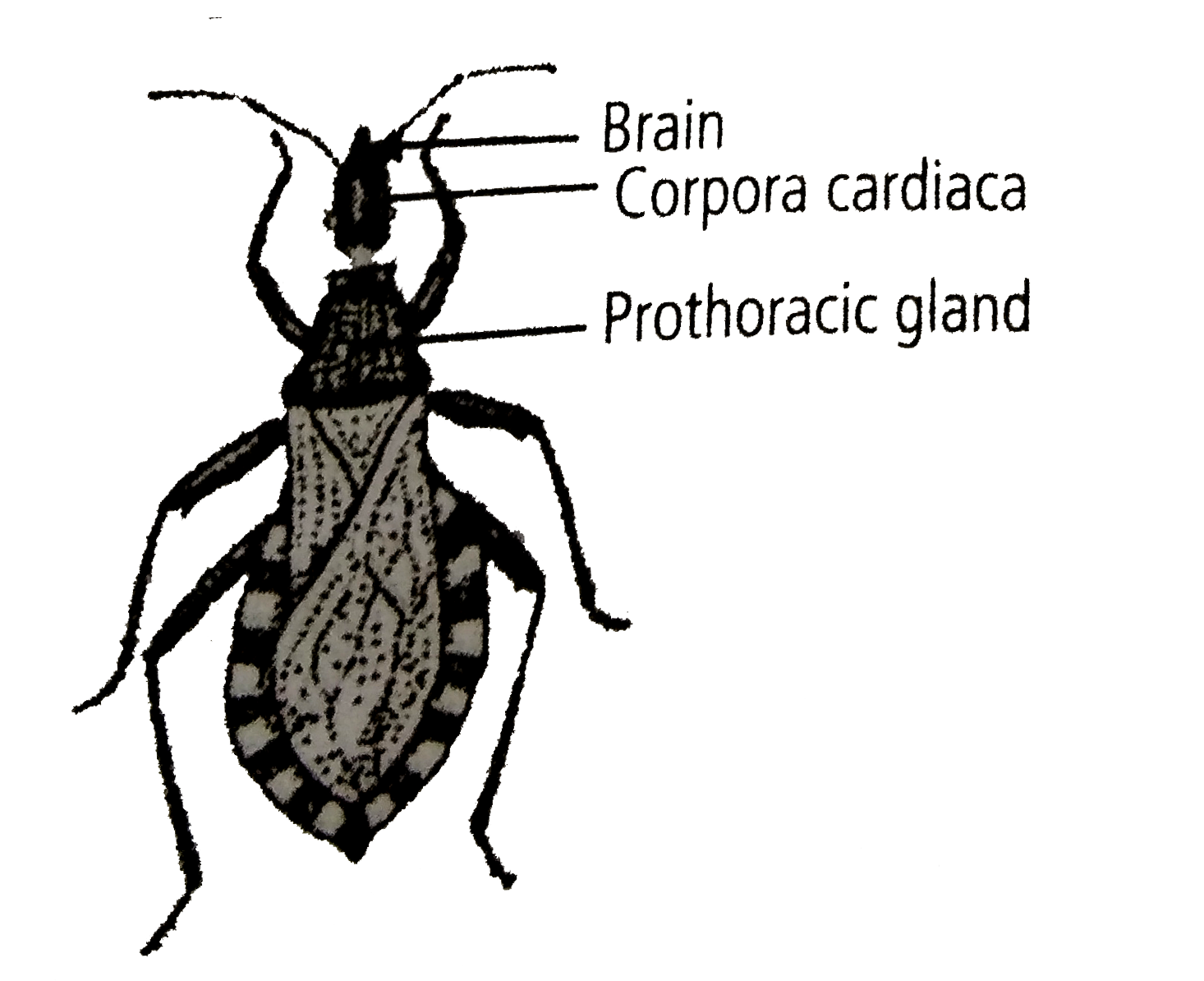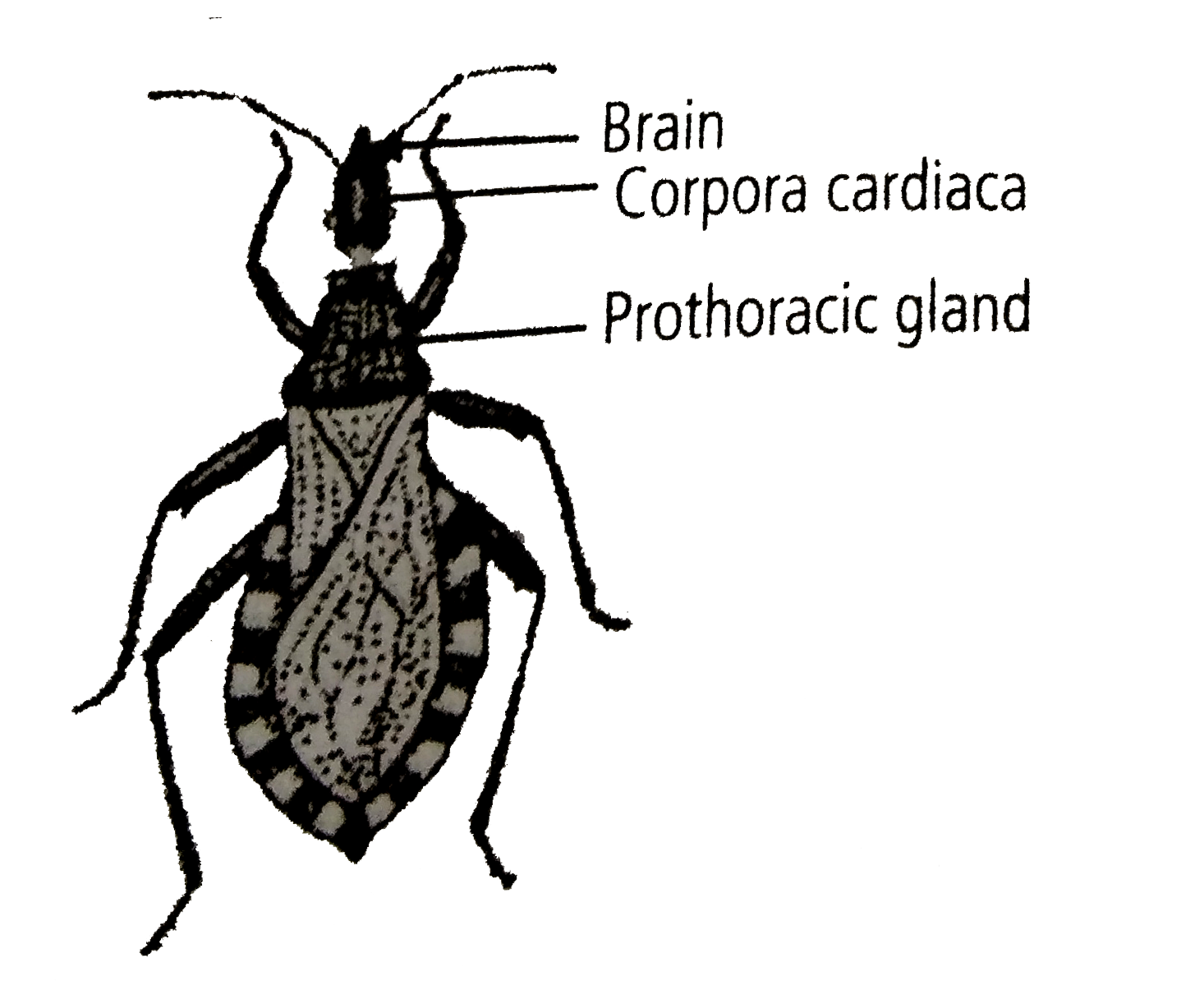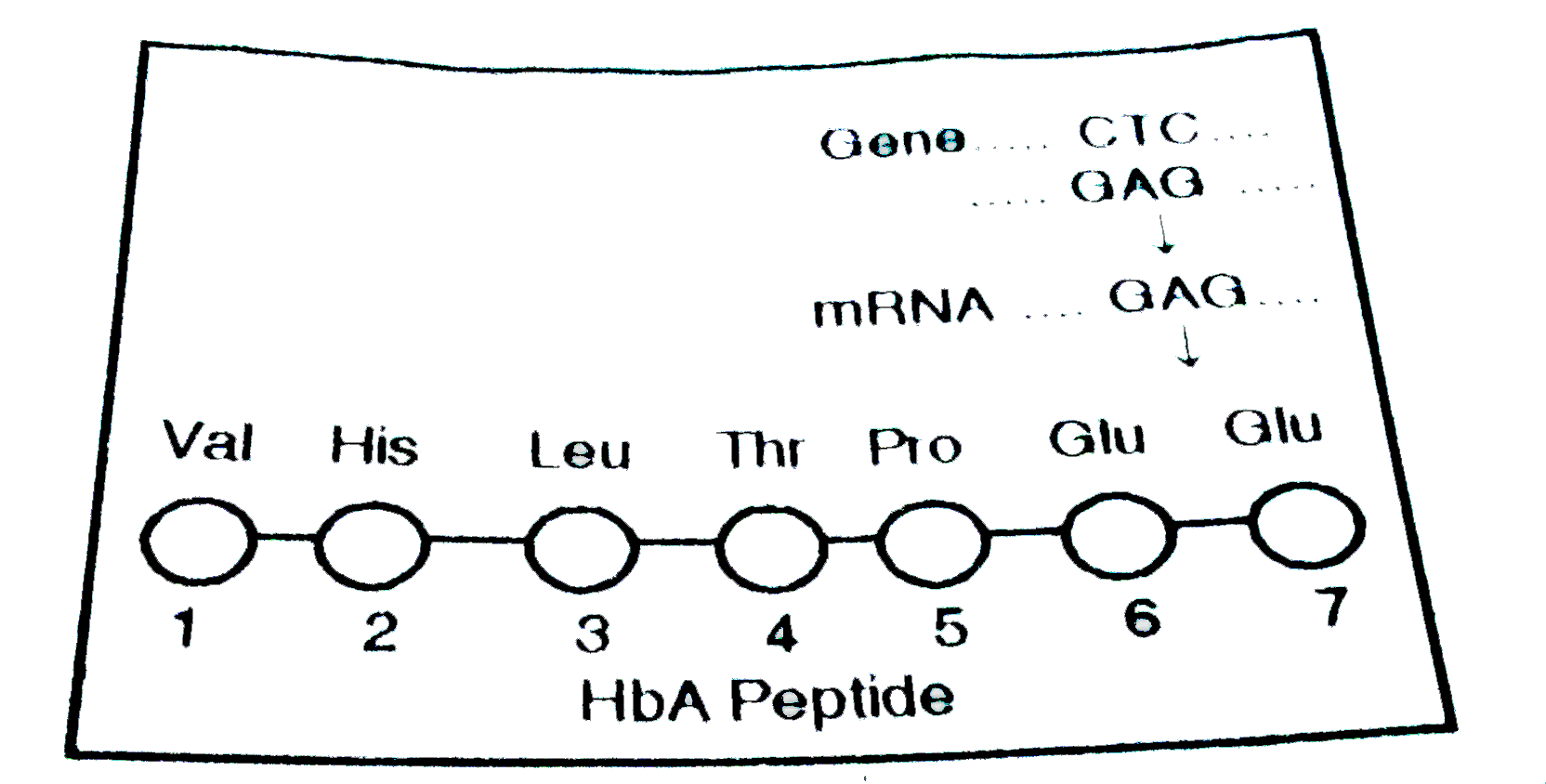Try to explain the following observations:
When ions are removed from the medium surrounding red blood cells, sodium influx into the cells and potassium efflux increase dramatically.
A pump operates whereby efflux of is linked to influx of without , no efflux can occur , so accumulates within the cells by diffusion and leaves the cells by diffusion.
Topper's Solved these Questions
- BOOK - ICSECHAPTER - CELL : THE UNIT OF LIFE EXERCISE - Ncert Exercises with Answer14videos
CELL : THE UNIT OF LIFE
- BOOK - ICSECHAPTER - CELL : THE UNIT OF LIFE EXERCISE - Differentiate Between18videos
CELL : THE UNIT OF LIFE
- BOOK - ICSECHAPTER - CELL : THE UNIT OF LIFE EXERCISE - Short/Long Answer Type Questions69videos
CELL : THE UNIT OF LIFE
- BOOK - ICSECHAPTER - CELL - THE UNIT OF LIFEEXERCISE - REVIEW QUESTIONS (LONG ANSWER TYPE QUESTIONS)14videos
CELL - THE UNIT OF LIFE
- BOOK - ICSECHAPTER - CELL CYCLE AND CELL DIVISION EXERCISE - REVIEW QUESTIONS ( LOOK AT THE FIGURE BELOW)2videos
CELL CYCLE AND CELL DIVISION
Similar Questions
Knowledge Check
- Question 1 - Select One
Read the given passage and answer the questions that follows: Rhodinus, a blood-sucking bug, shows five instars before it metamorphoses into an adult. It ahs a very long head with the brain located at tip and an organ called Corpora Cardiaca (C C) behind it. The hormone that ensures the continuum of the juvenile stages is called a juvenile hormone. Behind the head is a pro - thoracic gland, which gets triggered by the Pro - Thoracico - Tropic Hormone (PTTH) to release ecdysone required for molting into an adult.

The following observations were made when the juveniles of this insect were subjected to various conditions :
1. Starved juveniles (any instar) when decapitated → remained juveniles and did not molt into adults.
2. Well-fed juveniles (any instar) when decapitated → molted into adults.
3. Starved juveniles (any instar) when partially decapitated to remove the brain cells → remained juveniles and did not molt into adults.
4. Well - fed juveniles (any instar) when partially deitated to remove the brain cells → did not molt into adults.
If an unfed, completely decapitated, fth (final) instar juvenile is connected to a well-fed, decapitated fourth instar juvenile by a glass tube so that fluids can be exchanged, what whill be the expected result ?ABoth bugs will continue to remain juveniles.BBoth bugs will molt into adult forms.CThe bug in the fourth instar will remain as a juvenile while the one in the fifth instar will molt into an adult.DThe bug in the fourth instar will molt into an adult and the one in the fifth instar will remain as a juvenile. - Question 2 - Select One
Read the given passage and answer the questions that follows: Rhodinus, a blood-sucking bug, shows five instars before it metamorphoses into an adult. It ahs a very long head with the brain located at tip and an organ called Corpora Cardiaca (C C) behind it. The hormone that ensures the continuum of the juvenile stages is called a juvenile hormone. Behind the head is a pro - thoracic gland, which gets triggered by the Pro - Thoracico - Tropic Hormone (PTTH) to release ecdysone required for molting into an adult.

The following observations were made when the juveniles of this insect were subjected to various conditions :
1. Starved juveniles (any instar) when decapitated → remained juveniles and did not molt into adults.
2. Well-fed juveniles (any instar) when decapitated → molted into adults.
3. Starved juveniles (any instar) when partially decapitated to remove the brain cells → remained juveniles and did not molt into adults.
4. Well - fed juveniles (any instar) when partially deitated to remove the brain cells → did not molt into adults.
Which of the following conclusions can be drawn from this data ?
(i) Ecdysone hormone is produced irrespective of the level of feeding.
(ii) C C is the site of production of juvenile hormone.
(iii) PTTH is produced irrespective of the level of feeding.
(iv) Increase in juvenile hormone is an important trigger for production of PTTH.
(v) Absence of C C alone is a trigger for molting into adult form.
(vi) Well-fed larvae in absence of juvenile hotmone can molt into adults.A(i), (iii) (iv) and (v)B(ii), (iv) and (v)C(ii) and (vi)D(i) and (iv)
Which two of the following changes (i-iv) usually tend to occur in the plain dwellers when they move to high altitudes (3500 m or more )
(i) Increase in red blood cell size
(ii) Increase in red blood cell production
(iii) Increased breathing rate
(iv) Increase in thrombocyte countView SolutionExplain the following observation:
a. A beam of light passing through a colloidal solution has a visible path.
Passing an electric currenet through a colloidal solution removes colloidal particles from it.
c. Ferric hydroxide sol coagulates on addition of potassium sulphate.View SolutionGive biological technical terms for the following
Squeezing out of white blood cells from the capillaries into the surrounding tissues,View SolutionEach question contains STATEMENT-I(Assertion) and STATEMENT-2(Reason).Read the statement carefully and mark the correct answer according to the instruction given below:
STATEMENT - 1 : If red blood cells were removed from the body and placed in pure water, pressure inside the cell increases.
STATEMENT - 2 : The concentration of the salt content in the cells increases.View SolutionHow do you count for the following observations ?
(a) Though alkaline potassium permanganate and acidic potassium permanganate both are used as oxidants, yet in the manufacture of benzoic acid from toluene we use alcoholic potassium permanganate as an oxidant. Why ? Write a balanced redox equation for the reaction.
(b) When concentrated sulphuric acid is added to an inorganic mixture containing chloride, we get colourless pungent smelling gas HCl, but if the mixture contains bromide then we get red vapour of bromine. Why ?View SolutionGiven below is the representation of a relevant part of amino acid composition of the β-chain of haemoglobin, related to the shape of human red blood cells.

(a) Is this representation of the sequence of amino acids indicating a normal human or a sufferer from a certain blood related genetic disease ? Give reason in support of your answer.
(b) Why is the disease referred to as a Mendelian disorder ? Explain.View Solution

